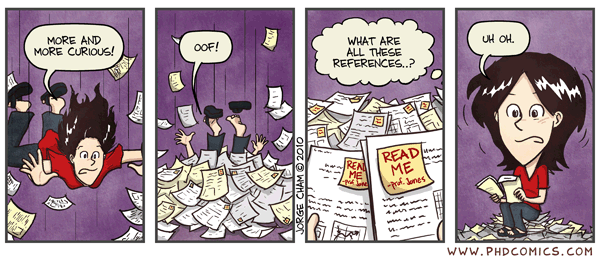Saudade is a wonderful concept, its difficult to translate from Portugese but here is Aubrey Bell’s explanation from the book In Portugal (1912).
Vague and constant desire for something that does not and probably cannot exist, for something other than the present, a turning towards the past or towards the future; not an active discontent or poignant sadness but an indolent dreaming wistfulness.
So lets start with the obvious. I am a web person, my work, research and many of my interests would not have been relevant, or even possible, prior to the internet. Despite this I reserve the right to miss things that are slowly fading away – in a large part due to this technology we crave, admire and rely on.
Bookstores with more than bestsellers. The bookstore was dying for a time. It was hit hard from its monopolistic stance by the webstores and has transformed itself into a pop experience. Unfortunately with less knowledge and stock. Now for those of you lucky enough to live in cities in English speaking nations there is the mega store that gives the illusion of width (and they are gorgeous). But seen from the perspective of a small language state like Sweden it is easy to see first hand the decline of the book & store.
Some of the naive believe that if the market wants a book it will be published. The problem with this is that the large market required wants bestsellers. And historical works will be lost, they have been before but not on this scale. I used to think that second-hand stores would pick up the slack but they will eventually end up with what the market produces.
Languages are dying out at an alarming rate. They are small odd languages which most of us will never hear and now never get a chance to. With them dies there cultural significance and potential impact on the world. So this is sad, in the same way as the death of any culture. It’s sad, but that’s life. Obviously the smaller languages are doomed. Eventually Swedish will be a thing of the past. Swedish, Danish & Norwegian can almost be seen as dialects of each other but even then we are talking about a population of less than 20 million. But the question I have not seen posed is how many languages can a globalized world support?
Newspapers! Eventually the concept of sitting at breakfast with a thick, well written, argumentative, educational, cultural artifact of sheets of paper filled with the world will be gone the way of family dinners and the dodo. Can’t help it, I am a dead tree junky. The news I can get elsewhere but, ah, the format, the format.
Real old fashioned unnecessarily large, tackily decorated movie theaters. What am I saying? These are long gone.
Being able to read the collected letter of someone dead is a form of voyeurism which will be gone forever. In its place is the text message or tweet novel. Who wants that crap? Help me? Seriously it must be novelty value? Or is this just an unappreciated art form that I am too dumb to get?
Dead time This is straight from the Telegraph’s list of 50 things the Internet will kill. “When was the last time you spent an hour mulling the world out a window, or rereading a favourite book? The internet’s draw on our attention is relentless and increasingly difficult to resist.”
Traveling to Local culture even before the web major stores were everywhere. The same stores appear all over and create an ubiquitous sense of style and culture. This is an old complaint but it ain’t getting any better. Mind you the “local” items I miss are probably made in China anyway.
Pens, pencils & notebooks. Sure these are still around. Quality notebooks were almost killed by the moleskine but a whole new generation of cool stuff is appearing. Unfortunately the good stuff will not survive. They will become unfashionable quality gifts given on serious occasions and never used. They will be back for short revivals as fashion accessories.
Snail mail. I am old enough to have sent and received actual letters. Hand written content about people I had actually met. Now its only marketing, bills and magazines that come through the letterbox.
—
For those of you with a theoretical slant. The inevitable I speak of is not a technological determinism in the sense that we are slaves to technology and cannot make human choices. But I adhere to the thoughts of Langford Winner (Autonomous Technology) that the thousands/millions of individual human decisions are all in the power of humans but together like a shoal of fish we move inevitably forward together. Only rarely can an individual alone change the course of technology and therefore we may seen technology as a whole as deterministic.

